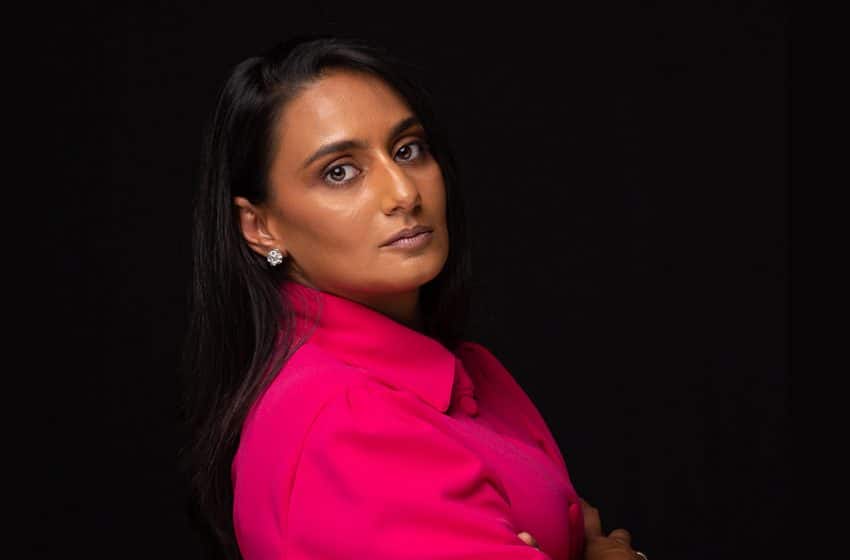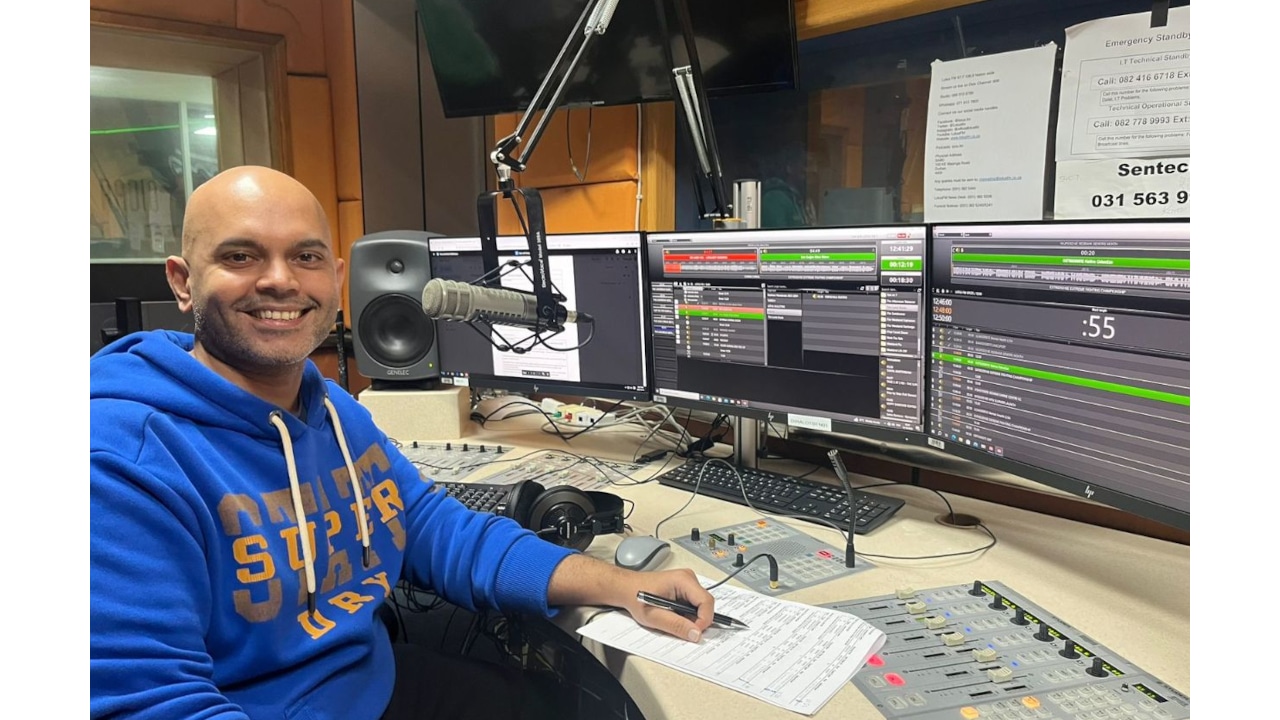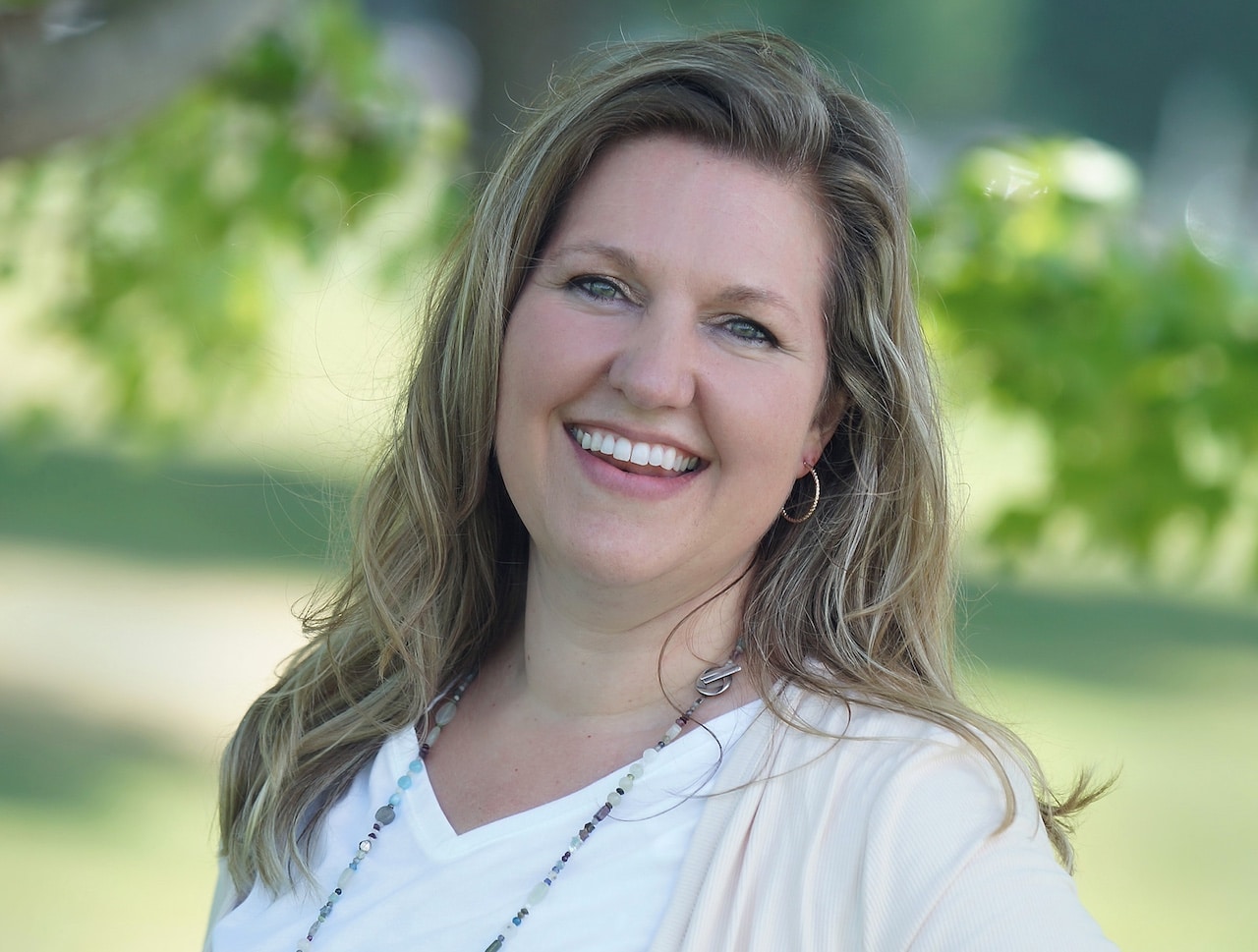
YFM (“Y”) is no stranger to initiating change and transformation. The station, which attracts and serves the youngest commercial radio audience in South Africa, is constantly evolving to stay abreast with market needs. Haseena Cassim, the station’s first female managing director, has held the reins since 2017. She shares insights into the Johannesburg-based commercial station’s strategy to stay ahead of the game with this early adopter market.
RedTech: How did you get started in radio?
Haseena Cassim: After completing my LLB degree and articles, I joined CNBC Africa as a PA to the vice chairman and legal executive. I later took on a role as HR compliance and legal executive at CNBC Africa. In 2012, I commenced employment at Y as the compliance and regulatory manager. Within the 10-year tenure, I managed various departments across the business and, in 2017, was appointed the station’s first female managing director.
RedTech: How does South Africa’s media industry measure up in terms of gender equity in management?

Cassim: There has been significant headway in gender equity within the media industry across South Africa as a result of great efforts from both the private and public sectors to bridge the gender equity gap. Y has always been a pioneer in progressive thinking and challenging the status quo in a previously divided society.
I have been fortunate to have found myself in an environment of this nature, which has made female leadership something that is not just accepted, but celebrated.
RedTech: Would you characterize the South African radio market as very competitive, and how are you differentiating yourself within it to attract a larger share of audience and a larger share of revenue?
Cassim: With a total of 296 radio stations across the country — 40 commercial and public broadcast stations; the rest are community stations — competition for audience attention — and, mostly, commercial gain — is rife. As the only commercial radio station in the country that is sold independently (and not across a network of sister/partner stations), Y can easily adapt to the everchanging landscape of media and provide effective solutions to advertisers.
Y attracts and serves the youngest commercial radio audience in South Africa (18 to 35, with an average age of 30). With this early adopter market, there is constant evolution of every facet of the Y product. Ensuring that Y always stays abreast of the market’s changing needs sets the station apart.
RedTech: What is happening to time spent listening in the South Africa radio market? If it is declining, where are audiences spending more of their time, and how are you reimagining your radio stations to grow your share of TSL?
Cassim: Declines in time spent listening are not a surprise, especially among younger audiences. Trends have shown that younger audiences spend considerably shorter periods of time consuming traditional media. This extends to digital spaces, as attention-spans are generally shortening amongst younger audiences. Y embraces this phenomenon and its audience and ensures that the brand Y, a content brand, is an active player on all platforms and spaces that the audience is in.
RedTech: How has the health crisis impacted your operations? Has it sped up your transition to non-linear formats?

Cassim: The pandemic has really shone a light on the resilience of the South African people. We have found opportunity in adversity. It propelled digital strategies across the sector and forced new thinking. In many respects, we were ahead of the curve on this transition to non-linear formats, and we continue to deliberately pursue audience growth on platforms outside terrestrial broadcast.
RedTech: What does post-COVID look like for Y and the radio broadcast industry in SA in general?
Cassim: The radio broadcast industry in South Africa was instrumental in not just information dissemination during the pandemic but in ensuring companionship, social outreach, and bridging the gaps created in the education sector. Many broadcasters became learning platforms for schools during this time.
The companionship during this time, has solidified brand connection between Y and our “Yires.” In October 2021, Y launched a refreshed identity with a campaign that celebrates its audiences’ individualism. This refresh was received exceptionally well and has reaped great rewards with both audiences and advertisers. I am confident that the refresh cements Y’s position in the young adult market as a brand of choice.
RedTech: What role does technology and software play in your business to help you grow or cut costs?
Cassim: We are always looking to enhance efficiencies within our operations. The implementation of a cloud-based platform along with the launch of our app and on-demand listening functionality more than four years ago profoundly changed the way we do business and the speed at which we can leverage our core audio content.
RedTech: Has your strategy changed in any way over the past three years?
Cassim: With the ever-changing market that Y serves, we constantly revisit our business strategy. Three years ago, there weren’t robust strategies in place or even discussions about platforms like TikTok or augmented/mixed reality. Today, there is. In the next 12 to 18 months, we intend to deliberately double-down in certain areas and ensure that our multi-platform approach extends beyond just linear, on-demand, and core social media properties.
Y has always been a pioneer in progressive thinking and challenging the status quo in a previously divided society.
A team of progressive and forward-thinking individuals is driving strategies and successful implementation. We cannot reasonably expect to know what will change in three years’ time, and therefore only plan with visibility of 18 months — at maximum. Regular revisiting of strategy and alignment to operations and focus assists in this regard.
RedTech: If you had no budgetary constraints, what would you do at Y to ensure a thriving future for your business?
Cassim: Create an all-encompassing, proudly South African youth brand for global consumption that drives revenue growth and shines a light on South African talent and projects that benefit South African youth.
RedTech: Does linear music format radio have a future in a world where more listeners are choosing streaming and on-demand services for music?
Cassim: Unfortunately, not. It’s a frightening prospect for radio, but rather than being crippled by this forming reality, we are proactively innovating at present to avoid a shortfall in the coming years. Even though this might not be an imminent reality, formulating and building now will ensure we have a place in the future. In much the same way that television streaming is marketed as “on-demand” and is growing in popularity among consumers, radio will need to evolve by being completely enveloped within the digital world.
Engaging content, interactive choice, accessibility and affordability are some of the key elements we are focusing on in developing the right platforms for our current and future audiences. Music is our unique selling proposition, and ensuring our market has its full authentic fill with access beyond just FM linear formatting is pivotal.
RedTech: What is the attitude of advertisers in South Africa to radio as a medium? How do advertisers know they are getting results with their radio advertising in the country?
Cassim: Radio remains the biggest mass medium in the country. Advertisers’ attitude toward radio is very positive, and they know that radio must be part of the media mix to reach audiences. They have seen a return on investment, responsiveness, brand awareness, website traffic and an increase in sales and market share. There have also been instances where radio was removed from the media mix for a period of time, and this had a direct negative impact on sales. These advertisers have returned to radio.
Our number one priority is flexibility.
RedTech: Increasingly, privacy matters for media companies who hold significant amounts of personal data about their audiences. How is Y responding to the scrutiny that media companies are under concerning how they treat audience and customer data?
Cassim: Usefully, we have very little specific identifiable data linked to individual listeners. On social media platforms, we’re limited in the information collected and shared with us, as companies such as Meta (Facebook/Instagram), Twitter and TikTok have to abide by global regulations such as GDPR (in the EU).
On the Y app, the iOS and Google Play app stores limit what data we can collect and how. Aside from data our app users willingly provide us, we only have aggregated data on usage patterns and behavior.
Beyond this, we are very careful with handling the data we do have — particularly in the case of promotions and competitions where listeners opt in and share this data with us. We hold, process and then destroy this data in line with the country’s recently implemented Protection of Personal Information Act.
RedTech: Is Y using the cloud to manage its operations, or is most of the content and information held on-site? How are you protecting your IT operations from a cybersecurity angle?
Cassim: Y is fortunate to be able to leverage off the resources of our sister companies in the eMedia Investments stable. We currently use a hybrid of cloud and on-premises solutions. We manage IT operations across the group centrally.
RedTech: When you think about audio engineering and software companies and how they are developing products for businesses like yours, do you have any advice on how they could help improve your operations further?
Cassim: Our number one priority is flexibility. Increasingly, software will need to be flexible and adaptable to cater to future needs, especially in a multi-platform world.





















